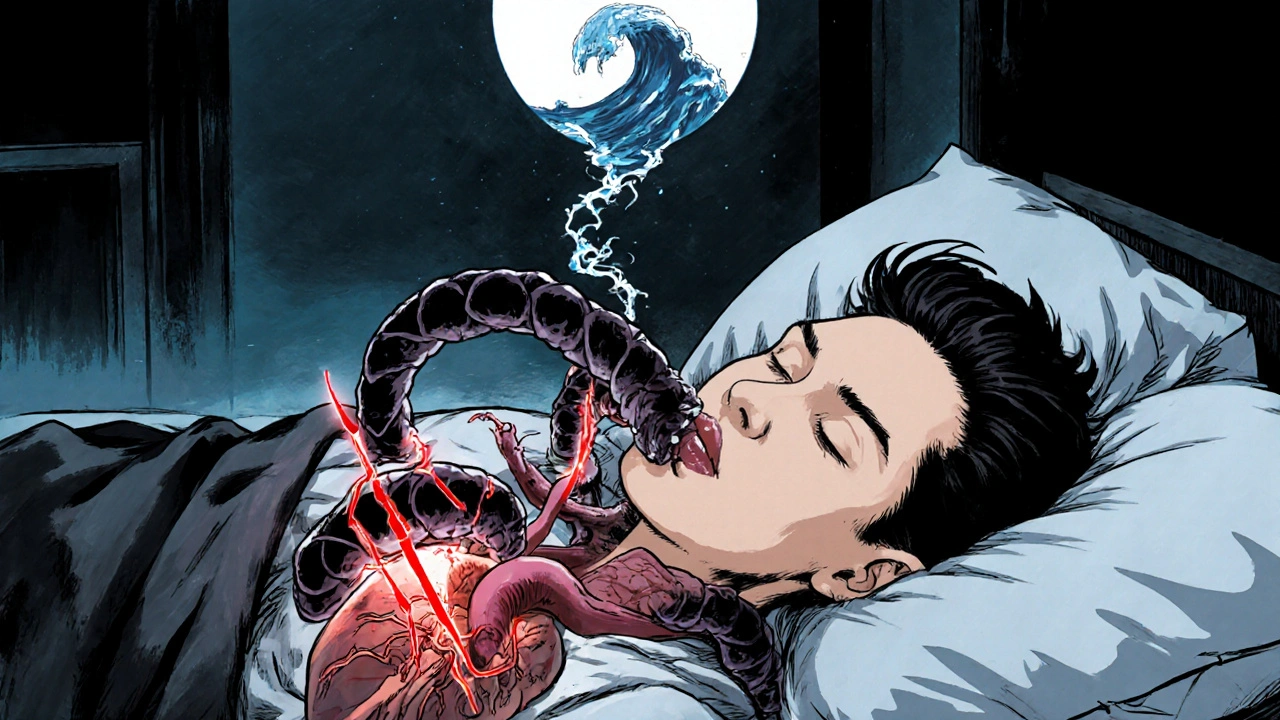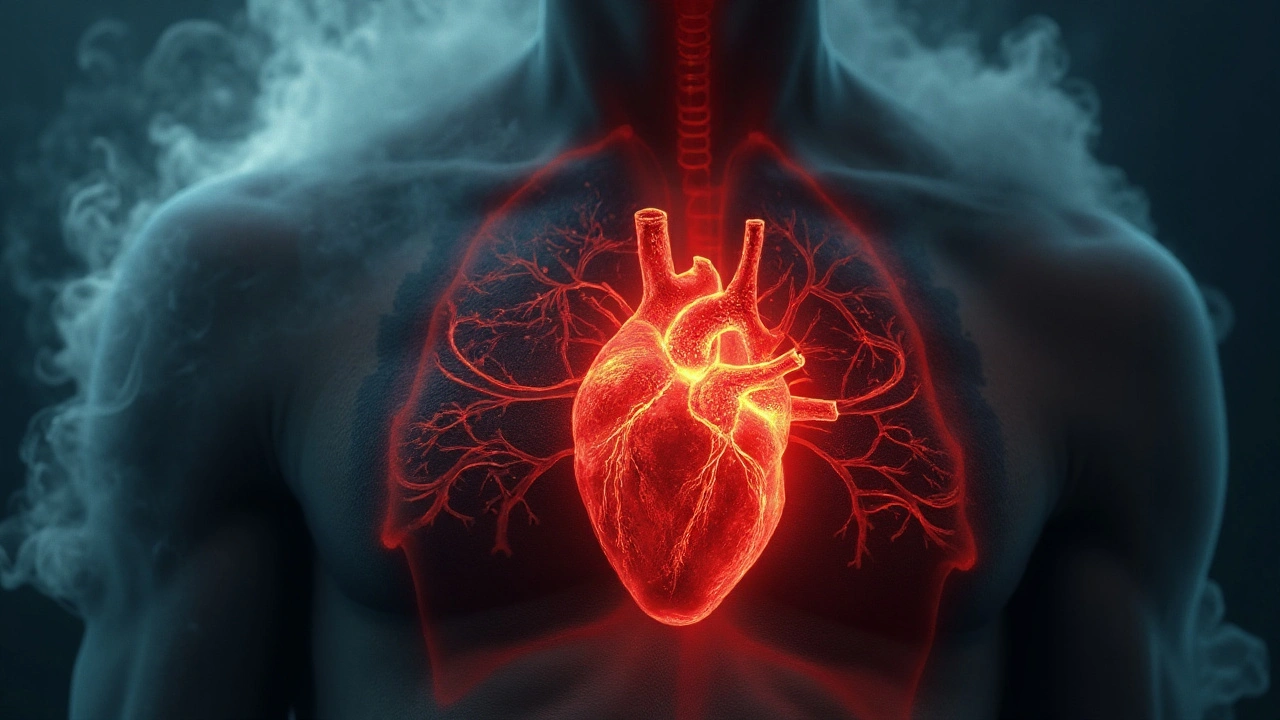Cardiovascular Risk – What It Means and How to Cut It
When your doctor mentions "cardiovascular risk," they’re talking about the chance of developing heart disease or a stroke. It’s not a scary label; it’s a prompt to check what’s pushing your heart harder than it should. Things like high blood pressure, smoking, a busy lifestyle, or family history can all add up. The good news? Most of those factors are within your control.
Spot the Biggest Risk Factors
First off, know the red flags. High blood pressure (BP) silently damages arteries, even if you feel fine. Cholesterol that’s too high clogs vessels, making blood flow sluggish. Diabetes spikes blood sugar, which over time erodes the lining of your arteries. Add smoking, excessive alcohol, and a lack of exercise, and the risk shoots up fast.
Age and gender matter, too. Men tend to see heart issues earlier, while women’s risk rises after menopause. If any close relatives had heart attacks before 55 (men) or 65 (women), you’re on a higher baseline.
Practical Ways to Lower Your Risk Today
Start small. Swap a sugary drink for water or green tea; those extra calories often turn into weight gain, which bumps BP and cholesterol. Aim for at least 150 minutes of brisk walking a week – that’s just 30 minutes, five days, and it helps the heart pump efficiently.
Cooking at home gives you control over salt and unhealthy fats. Use olive oil, add fresh veggies, and keep portions modest. If you love salty snacks, try nuts or roasted chickpeas instead – they satisfy crunch cravings without the sodium overload.
Quit smoking if you can. It’s the fastest way to drop risk. Even cutting back on the number of cigarettes each day can improve circulation within weeks. If you enjoy a few drinks, stick to the guideline of one drink a day for women and two for men. Overindulging raises BP and adds extra calories.
Regular check‑ups are key. A simple blood test can reveal cholesterol levels, while a quick BP reading tells you if you need medication or lifestyle tweaks. If your doctor prescribes a statin or blood‑pressure drug, take it exactly as directed – missing doses can erase the benefits.
Stress isn’t just in your head; it hits your arteries too. Try a five‑minute breathing exercise each morning, or take short walks when work feels overwhelming. Consistent, small stress‑relief habits lower cortisol, which can otherwise raise BP.
Finally, track progress. Use a free app to log steps, meals, and blood pressure readings. Seeing numbers improve can motivate you to keep going.
Remember, cardiovascular risk isn’t a one‑time verdict. It shifts with every habit you add or drop. By staying aware and making simple, steady changes, you can keep your heart beating strong for years to come.

Sleep Apnea and Cardiovascular Risk: How Snoring Can Raise Blood Pressure and Trigger Heart Disease
Sleep apnea isn't just snoring - it's a silent threat to your heart. Untreated, it raises blood pressure, triggers heart attacks, and doubles stroke risk. Learn how this common sleep disorder is linked to cardiovascular disease - and what to do about it.
More Detail
How Hypercholesterolemia Fuels Metabolic Syndrome - What You Need to Know
Explore how high blood cholesterol drives metabolic syndrome, its shared biology, health impacts, and practical steps to break the cycle.
More Detail
How Smoking Leads to Heart Disease and Stroke
Explore how smoking drives heart disease and stroke, the biological pathways involved, risk statistics, and what quitting can do for your heart and brain health.
More Detail